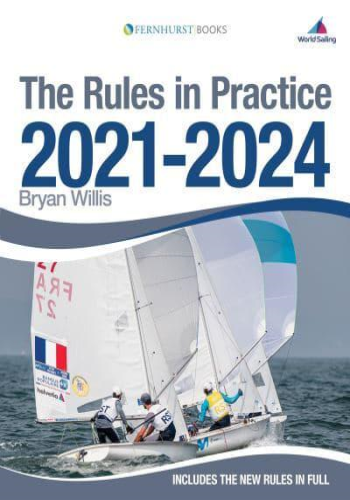Rules in Practice has been the best-selling guide to the racing rules for the last 40 years. Now, in its 10th edition, it has been updated for (and contains in full) the 2021-2024 Racing Rules of Sailing and features a brand new chapter on the luffing rules and how they are being applied. The latest rule changes are also described, along with their impact on you as a sailor. With over 20 new scenarios, reflecting the courses we now sail, it is as up-to-date and relevant as the first edition was in 1985. Unlike other rules guides which take you through the rules in order, this book tackles the subject from the sailors' point of view. It takes you around the race course, from start to finish, through the key situations that occur repeatedly showing, from the point of view of each boat in turn, what you may, must, or cannot do. You don't have to know all the rules off by heart, but you do need to know your rights and obligations on the water - the rules can be looked up afterwards. This knowledge will build your confidence while racing and enable you to make the most of opportunities when they arise. Colour diagrams throughout ensure concepts are easily understood. If you are going to buy one rule book - make it this one! For post-publication changes to the rules by World Sailing (most notably of trapeze harness weight - Rule 50.1(b)) please see the World Sailing or Fernhurst Books websites.







